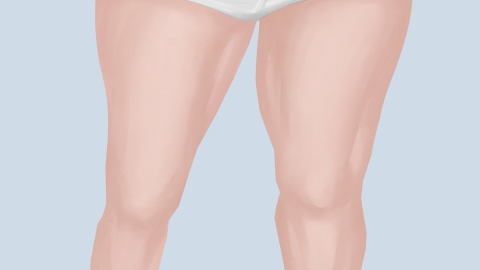How to perform liposuction on the thigh area
Generally, liposuction methods for the thighs include vacuum thigh liposuction, ultrasound thigh liposuction, electronic thigh liposuction, vibrating thigh liposuction, and water-jet-assisted liposelection. If you have related needs, it is recommended to visit a regular hospital and undergo the procedure under a physician's guidance. Detailed explanations are as follows:

1. Vacuum thigh liposuction: This method uses negative pressure, special cannulas, suction tips, and appropriate anesthesia to remove localized fat. It is primarily suitable for systemic or localized fat accumulation caused by various factors.
2. Ultrasound thigh liposuction: This technique employs ultrasound energy to selectively destroy fat cells, followed by removal of the fat tissue using negative pressure suction.
3. Electronic thigh liposuction: The physician uses a liposuction device to generate a high-frequency electric field that produces thermal effects, heating the fat tissue until the fat cells rupture. The damaged fat cells are then removed through special cannulas.
4. Vibrating thigh liposuction: Based on the principle of resonance, the cannula generates mechanical resonance waves with the same inherent frequency as fat cells under computer-controlled programs. This selectively disrupts fat cells, facilitating their removal while effectively protecting nerves and blood vessels.
5. Water-jet-assisted liposelection: Based on precise hydrodynamic principles, this method uses a spiral water blade to accurately target and separate fat cells through pressurized water streams, without damaging blood vessels or nerves.
As liposuction is an invasive procedure, it causes a certain degree of tissue damage in the thigh area. In the early postoperative phase, it is important to follow the physician's instructions for applying ice packs to help reduce swelling. Wearing compression garments can also help minimize swelling and promote recovery.









